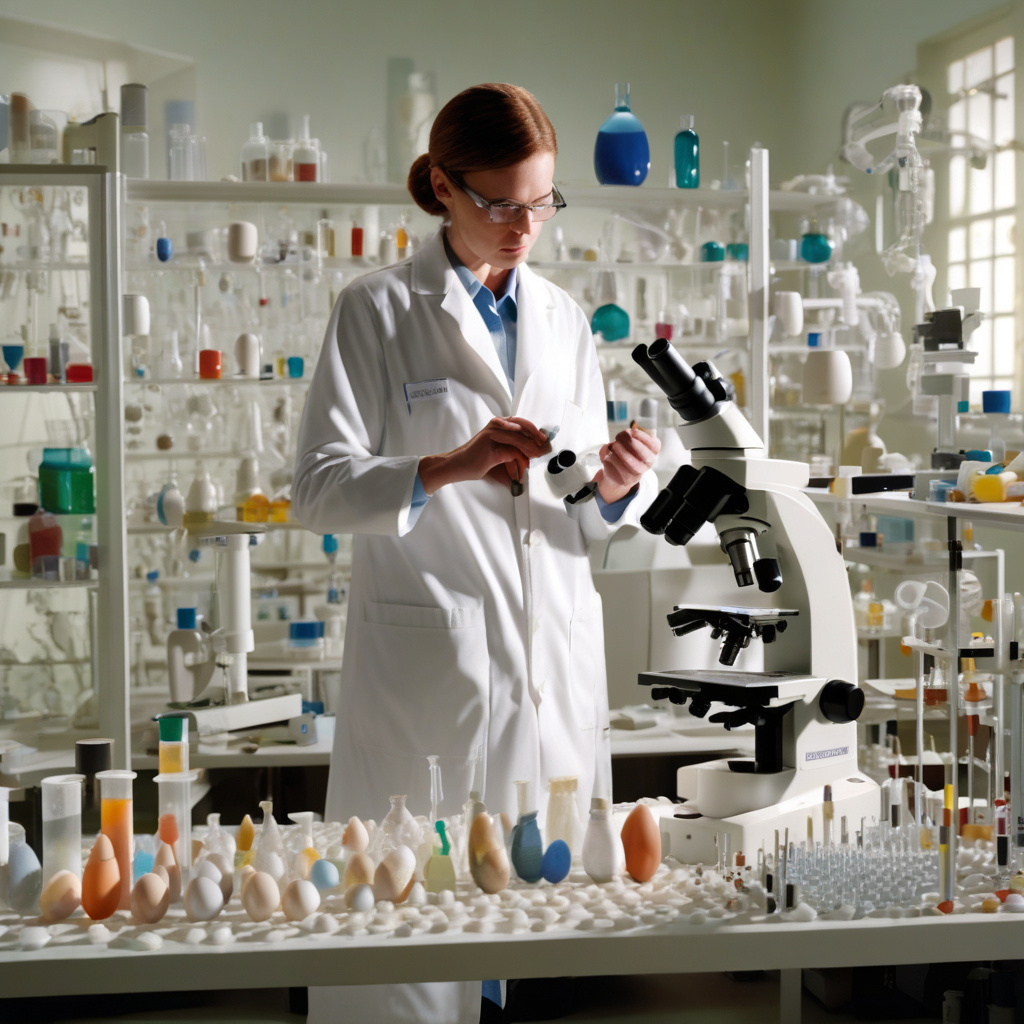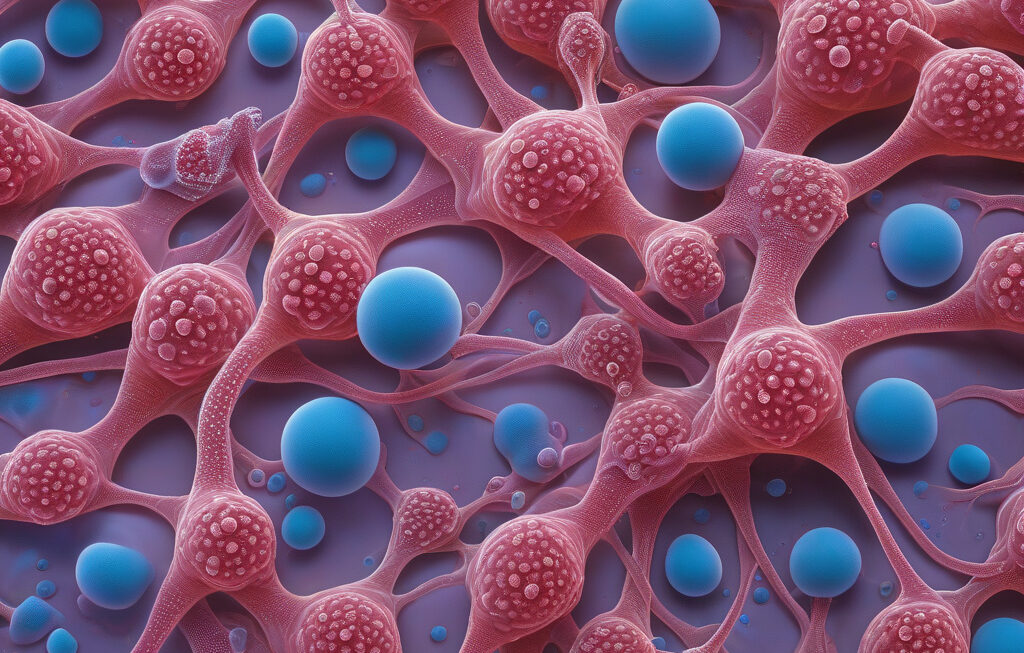Spring Cleaning Unlocks the Mystery Behind Human Eggs’ Decades-Long Survival
Human eggs possess an incredible resilience, staying dormant for up to decades until called upon. This fascinating aspect of female biology has puzzled scientists for years, leading to various theories and studies aimed at unraveling the secrets behind it. Recent research has shed light on the “spring cleaning” process that occurs within the ovaries, providing valuable insights into how human eggs can survive for such extended periods.
The process of spring cleaning in the context of human eggs refers to the removal of damaged cellular components through a mechanism known as autophagy. Autophagy is a natural process that occurs in cells to maintain their health and functionality by degrading and recycling unnecessary or dysfunctional components. In the case of human eggs, this process plays a crucial role in ensuring their longevity and viability.
One of the key findings of the recent research is that autophagy becomes more active in human eggs as women age. This increased activity helps to eliminate potentially harmful cellular debris that could compromise the quality of the eggs. By clearing out damaged components and maintaining a healthy cellular environment, the eggs are better equipped to remain in a dormant state for extended periods without losing their ability to be fertilized.
Moreover, the researchers discovered that certain molecular pathways are involved in regulating the autophagy process in human eggs. By manipulating these pathways in laboratory experiments, they were able to enhance the quality and longevity of the eggs, offering new possibilities for improving fertility treatments and preserving fertility in women.
The implications of this research are significant for both reproductive science and women’s health. By gaining a better understanding of how human eggs can survive for decades, scientists are not only unraveling a long-standing mystery but also opening up new avenues for fertility preservation and assisted reproduction technologies. This knowledge could lead to advancements in egg freezing techniques, fertility treatments for older women, and a deeper understanding of age-related infertility.
In addition to its scientific importance, the discovery of the spring cleaning process in human eggs serves as a reminder of the remarkable complexity and resilience of the human body. The ability of eggs to withstand the test of time and remain viable for such prolonged periods is a testament to the intricate mechanisms at play within our cells.
As we continue to unlock the mysteries of human biology, each new discovery brings us closer to harnessing the full potential of our bodies and improving health outcomes for individuals around the world. The research on the spring cleaning process in human eggs represents a significant step forward in our understanding of female fertility and opens the door to innovative approaches in reproductive medicine.
In conclusion, the decades-long survival of human eggs is a testament to the intricate processes that ensure their viability. The recent findings on the spring cleaning mechanism provide valuable insights into how eggs maintain their quality over time and offer promising opportunities for improving fertility treatments. By delving deeper into the mysteries of female biology, we are paving the way for a future where reproductive health is better understood and more effectively managed.
#SpringCleaning, #HumanEggs, #FertilityResearch, #ReproductiveHealth, #CellularResilience












